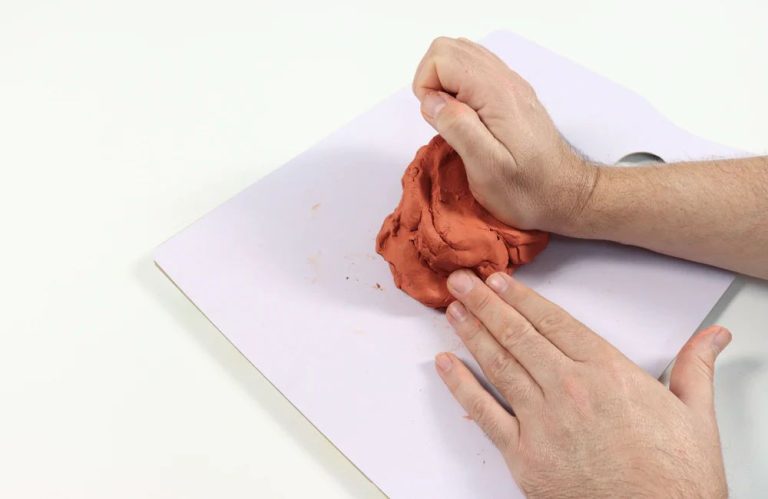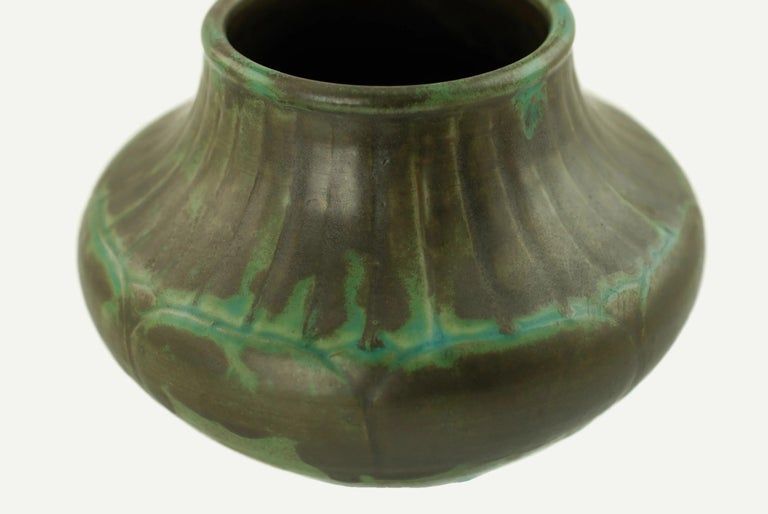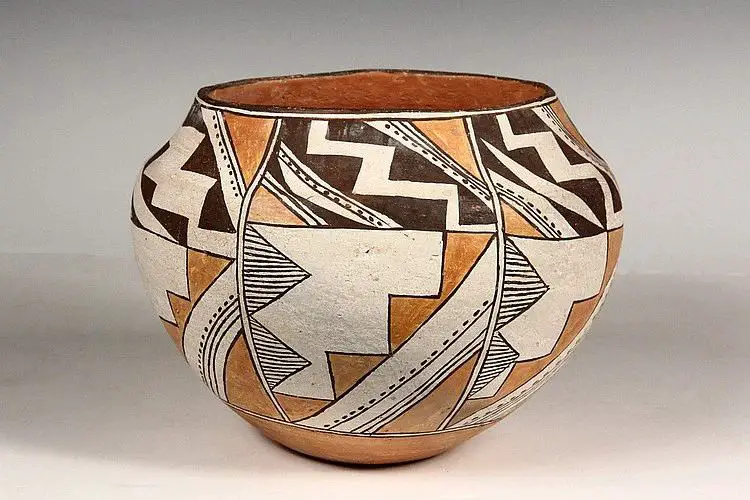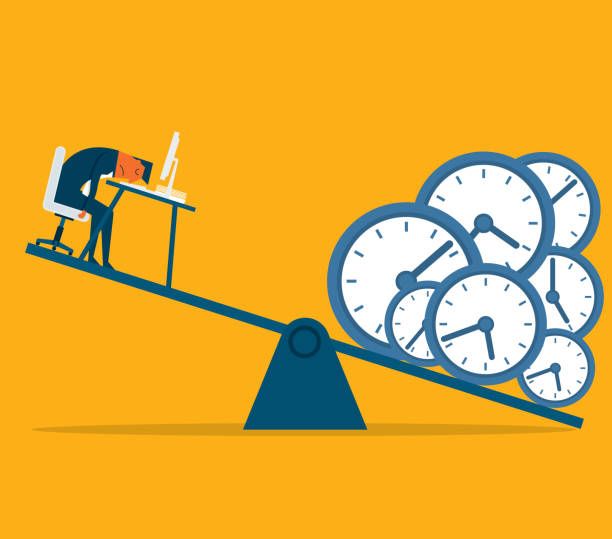How Much Caffeine Is In Death Wish K Cup?
Introducing Death Wish Coffee
Death Wish Coffee is a coffee company based in Saratoga Springs, New York that claims to sell the “World’s Strongest Coffee.” The company was founded in 2012 by Mike Brown, who was looking for a stronger cup of coffee after opening his coffee shop. Death Wish Coffee uses a blend of Arabica and Robusta beans and roasts them to a dark level to achieve an intensely strong and bold flavor. Their signature blend contains approximately double the caffeine of an average cup of coffee.
Death Wish Coffee has trademarked the phrase “World’s Strongest Coffee” and uses it prominently in their branding and marketing. They assert that their coffee has 200% more caffeine than the average cup of coffee, however specific caffeine levels can vary between different beans and brewing methods. The “World’s Strongest” claim is based on independent lab testing showing approximately 700mg caffeine per 12oz serving using the company’s recommended coffee to water ratio. This level is significantly higher than most other coffees which may average around 100-200mg per 8oz cup.
In addition to caffeine content, Death Wish Coffee highlights its dark roast flavor profile which gives it a bold, intense taste. The company only uses Arabica beans which are known for higher quality and complex flavors compared to Robusta. Death Wish Coffee is USDA Certified Organic and Fair Trade certified.
Caffeine Content in Death Wish Coffee
Death Wish Coffee contains significantly more caffeine than regular coffee. According to the company’s website, a typical 12 oz cup of Death Wish Coffee contains about 500-600 mg of caffeine[1]. This is about 4-5 times more than a regular cup of coffee, which contains around 100 mg of caffeine per 8 oz cup[2].
Death Wish Coffee uses a blend of Arabica and Robusta coffee beans. Robusta beans naturally contain about twice the caffeine of Arabica beans. By using a higher ratio of Robusta beans in their blend, Death Wish is able to achieve a much higher caffeine content compared to typical coffees which use 100% Arabica beans[1].
The caffeine content can also vary depending on the brew method. For example, Death Wish K-cups contain approximately 300 mg of caffeine per 10 oz serving. Death Wish Espresso capsules contain 165 mg per 1.5 oz shot[3]. So the caffeine content can range quite a bit, but is consistently much higher than regular coffee.
Caffeine in Death Wish K Cups
Death Wish K-Cups have around 420 mg of caffeine per cup. That’s two to four times the amount of caffeine found in a typical cup of coffee, which usually ranges from 40-80 mg per 8 oz serving depending on the roast and bean. As noted in the Death Wish Coffee K-Cup Review on DeliBru, Death Wish Coffee contains 42 mg of caffeine per fluid ounce compared to 12-16 mg per ounce for regular coffee.
According to the nutritional information on the Death Wish website, one 11 ounce Death Wish K-Cup pod contains approximately 462 mg of caffeine. Since the recommended K-Cup pod brew size is 10 oz, the typical caffeine content per pod is likely around 420 mg.
This extremely high amount of caffeine makes Death Wish one of the world’s strongest coffees available in K-Cup form. The caffeine level is equivalent to around 4 or more regular cups of coffee.
How Caffeine Content is Measured
Caffeine content in coffee is typically measured in milligrams (mg). The most accurate way to measure caffeine is through lab testing, which analyzes the actual caffeine content in a liquid sample. However, there are a few simple at-home methods to estimate caffeine levels:
Caffeine test strips – These use a chemical reaction to indicate the approximate caffeine amount when dipped in coffee. However, results can vary depending on other compounds. Test strips provide a rough caffeine range rather than an exact amount (1).
Volume calculations – Using average caffeine data, you can estimate caffeine by multiplying the coffee volume by the typical caffeine concentration per ounce. For example, a 12 oz coffee with 100mg caffeine per 6 oz would have approximately 200mg total caffeine (2).
Bean quantity – Caffeine content averages 1-2% of dry coffee bean mass. So you can roughly estimate caffeine by multiplying the number of beans by 1-2% of their total weight (3). However, bean size and roast level also impact caffeine.
While inexact, these simple methods can estimate the approximate caffeine content in home-brewed coffee. For precise measurements, lab testing is required.
Factors Affecting Caffeine Levels
Caffeine levels can vary significantly between different coffees and brews. There are several key factors that impact the caffeine content:
Bean type – The variety and origin of the coffee bean affects caffeine levels. For example, Robusta beans naturally contain almost twice as much caffeine as Arabica beans.
Roast level – Light roasts tend to have slightly more caffeine than dark roasts. The roasting process reduces the bean’s caffeine content slightly as the beans lose mass.
Brewing method – The brewing time and water temperature used affects extraction. Methods like espresso and cold brew tend to extract less caffeine than drip brewing. [1]
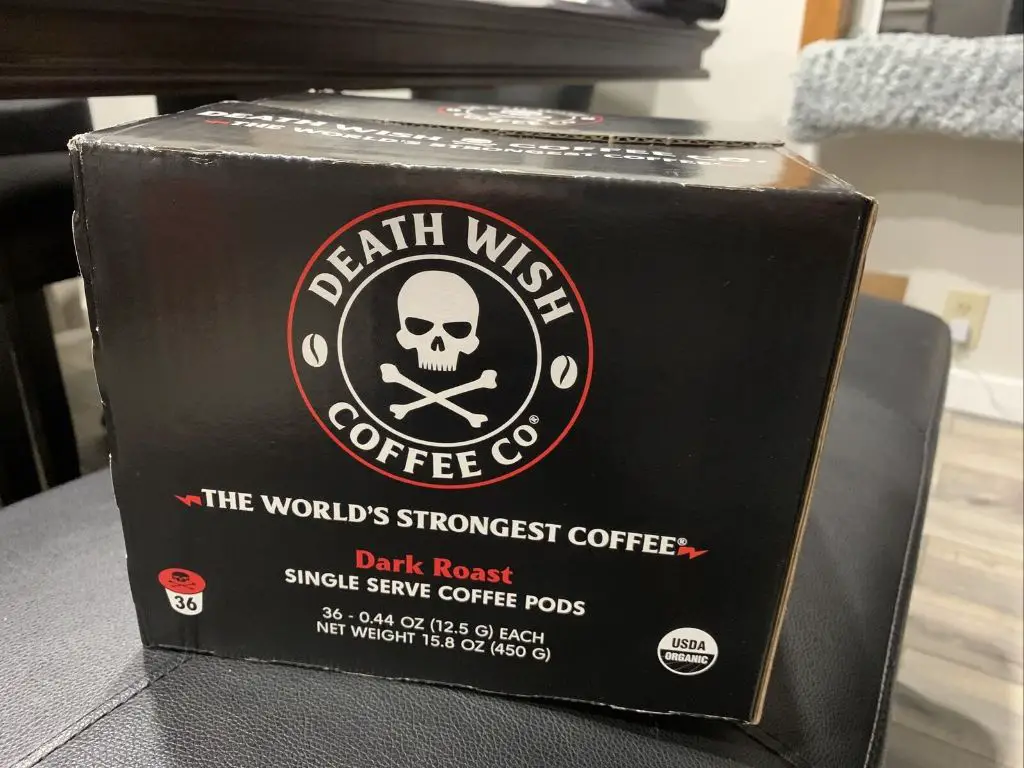
Coffee to water ratio – Using more ground coffee per volume of water (a higher ratio) results in higher caffeine levels.
Grind size – Finer grinds lead to more effective extraction and higher caffeine content. Coarse grinds extract less efficiently.
Freshness – Caffeine content decreases as coffee beans stale after roasting. Fresher beans contain slightly more caffeine.
While caffeine content varies, an average 8 oz cup of coffee contains around 70-140 mg of caffeine on average.
Health Effects of Caffeine
Caffeine is a stimulant that can have both positive and negative effects on health, depending on the dosage. At moderate doses of around 200-300mg, caffeine can increase alertness, focus, energy, and elevate mood. However, at higher doses, caffeine can cause side effects like jitters, insomnia, anxiety, restlessness, rapid heartbeat, and headaches.
According to the Mayo Clinic, up to 400mg of caffeine per day (around 4 cups of coffee) is generally safe for most healthy adults. Consuming more than this amount regularly can lead to physical dependence and withdrawal symptoms if intake is stopped abruptly. Those sensitive to caffeine may also experience side effects at lower doses. Excessive caffeine intake above 600-900mg per day can cause more severe side effects like nervousness, irritability, sleep disturbances, rapid heart rate, and muscle tremors.
While moderate caffeine intake is generally safe, those with certain medical conditions may need to restrict their consumption. Higher caffeine intake has been linked with exacerbating conditions like hypertension, arrhythmias, GERD, and ulcers. Pregnant women are advised to limit caffeine to less than 200mg daily as high amounts may increase miscarriage risk. Overall, it’s important to be aware of personal caffeine sensitivity and health factors to determine safe individual limits.
Safe Upper Caffeine Limit
Most health experts agree that up to 400 mg of caffeine per day is generally safe for most healthy adults. The FDA cites 400 mg per day as an amount not usually associated with dangerous, negative effects (FDA).
Consuming up to 400 mg per day has not been associated with any serious health risks. However, effects of caffeine are highly individualized. Factors like genetics, age, and medications can alter a person’s sensitivity to caffeine.
For healthy adults, maximum daily caffeine intake recommendations are (Mayo Clinic):
- 400 mg per day: Generally safe upper limit for most adults
- Up to 600 mg daily: Ok for people who metabolize caffeine quickly
- 200 mg daily: Recommended max for pregnant women
Exceeding 400 mg per day may increase risk of side effects like insomnia, headaches, nausea, and irritability. Very high single doses above 1,000 mg can cause seizures and death (NCBI).
To moderate caffeine intake, limit consumption to no more than 400 mg per day. Pay attention to symptoms and reduce intake if side effects occur.
Risks of Excessive Caffeine
While caffeine can provide a boost of energy and focus in moderation, consuming too much can lead to negative side effects. According to the Mayo Clinic[1], excessive caffeine intake can result in:
– Anxiety and restlessness
– Insomnia
– Upset stomach
– Fast heartbeat
– Muscle tremors
– Headaches
– Dependency and difficulty quitting
Healthline[2] notes that consuming over 400mg of caffeine per day can be considered excessive and lead to side effects. This is equal to about 4 cups of coffee. The risks are greater in people with pre-existing conditions like heart problems and anxiety disorders. It’s important to be mindful of caffeine intake and limit consumption to avoid negative impacts on health.
Tips for Caffeine Moderation
It’s possible to enjoy coffee and caffeine in moderation while limiting negative side effects. Here are some tips:
Gradually reduce caffeine intake over time to avoid withdrawal symptoms. Cut back by 25% each week until reaching a moderate level (Mayo Clinic recommends less than 400mg daily).
Drink smaller coffees or choose decaf more often. An 8 oz cup of coffee has about 95mg caffeine on average, whereas decaf has 2-15mg (CNN).
Mix regular coffee with decaf to control caffeine levels. Start with 3/4 regular and 1/4 decaf, adjusting ratios over time.
Choose lighter roasts which tend to have slightly less caffeine than darker roasts (Sutter Health).
Watch out for added caffeine in energy drinks, teas, soda, chocolate, medication, etc. Read labels and track total daily amounts.
Avoid caffeine past 2pm so it doesn’t interfere with sleep. Allow at least 6 hours before bedtime (Mayo Clinic).
Stay hydrated by drinking water throughout the day to help flush out caffeine.
Consider substituting coffee with lower caffeine or herbal teas on occasion.
The World’s Strongest Coffee
Death Wish Coffee has built a reputation for being the world’s strongest coffee, with more caffeine per cup than other leading coffee brands. Their standard ground coffee contains about double the caffeine of an average cup, clocking in at around 600 mg per 12 oz serving. Death Wish took the title of world’s strongest coffee from Biohazard Coffee, which previously held the record at 928 mg of caffeine per 12 oz cup.
As a specialty coffee company focused on highly caffeinated brews, Death Wish has cultivated a following of coffee drinkers seeking a bold, intense caffeine kick. Their coffee beans are expertly roasted to produce a dark, rich coffee with robust flavor to match the sky-high caffeine content. While some caution against excessive caffeine intake, Death Wish has found success marketing to coffee enthusiasts chasing the ultimate caffeine high.


